Elevating the local elevator
Wild Rice Electric Cooperative is the power provider for a cutting-edge CHS grain facility expansion in Erskine, Minnesota.
There’s a simple nostalgia that comes with a Minnesota harvest season. It summons visions of a late evening run of sandwiches out to the wheat fields. Perhaps a flicker of drying corn stalks, or the dust kicked up by grain trucks on prairie roads.
Those images all remain in 2025. But with the newly expanded CHS grain elevator facility in Erskine, Minnesota, the cooperative is introducing state-of-the-art technology into the region’s oldest industry.
“This is our main dump station,” said Operations Manager Jesse Bushelle, pointing to a glowing screen of illustrated cylinders. “That’s all our bins, and the different levels and colors show what commodity and how many bushels are in there. We have them color coded so we know what they are: Blue is oats, orange is wheat, yellow is corn, green is soybeans.”
Enhanced grain segregation technology is just one piece of the major elevator expansion, the construction of which began in 2022 and lasted nearly two years. The project included a new concrete workhouse with several new grain bins and grain legs, a second grain dryer, three additional dumping bays and an underground belt conveyor system. The old and new facilities are connected and work seamlessly together, allowing grain to be unloaded quickly, sorted and stored automatically, and loaded into trains efficiently.
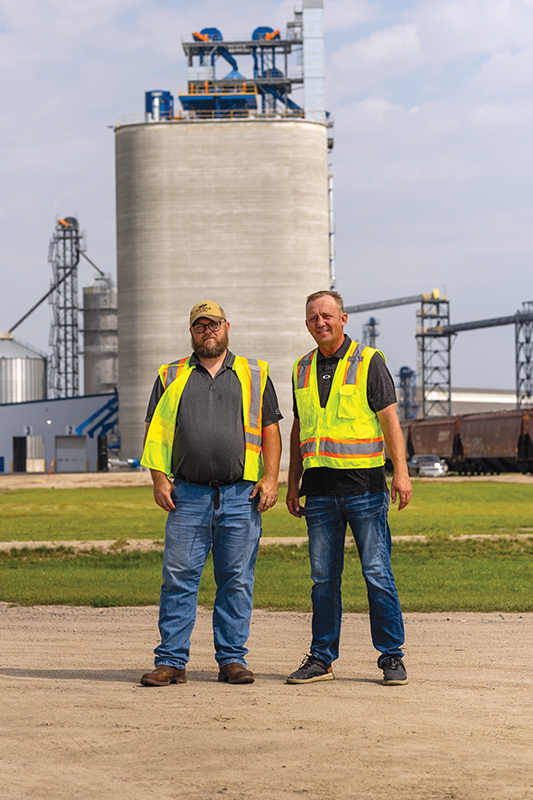
Originally, the elevator had five steel bins with the capacity to hold around a million bushels of grain. In 2014, CHS added another 650,000-bushel steel bin. The additional storage capacity was great, but it didn’t fix a core issue facing the Erskine team. They needed a better system of grain segregation to speed up the loading process.
“Before the expansion, it would take 14-15 hours to load train,” said Kent Bergerson, operations supervisor for the Erskine site. He noted that many trains could only give them a 24-hour loading window, so if a train came in at 11 p.m., the employees would have to start loading it at 11 p.m.
With the concrete expansion, the Erskine facility was able to cut its loading time down by more than 50%. If everything goes right, they can now load a train in just five and a half hours.
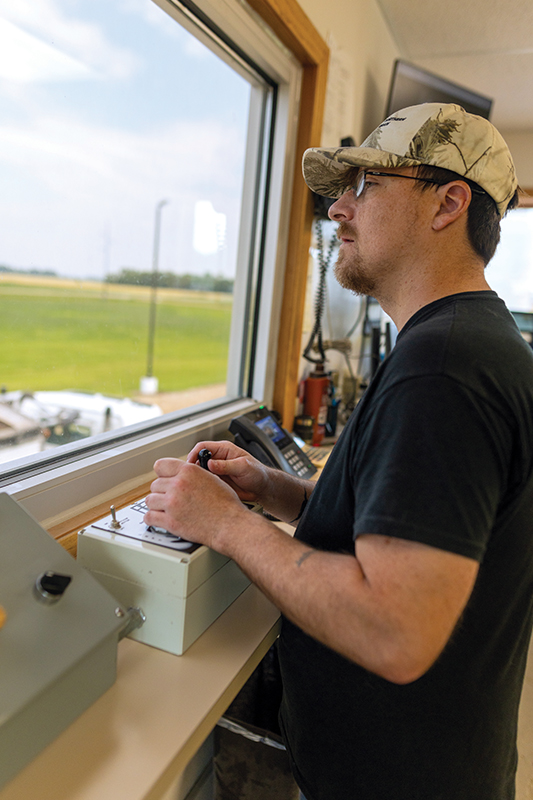
The benefits to the local farmers (who are CHS owners in its co-op model) are also substantial. With 1.15 million bushels more capacity and a faster dumping process, CHS has been able to reduce grain truck waiting lines during harvest.
“I had a guy come in here about halfway through wheat harvest and say, ‘Why aren't you dumping any grain? Every time I come here, there are no trucks,’” Bushelle said. “We had to explain we're dumping just as much as we did the previous year, it's just that we have a more streamlined process.”
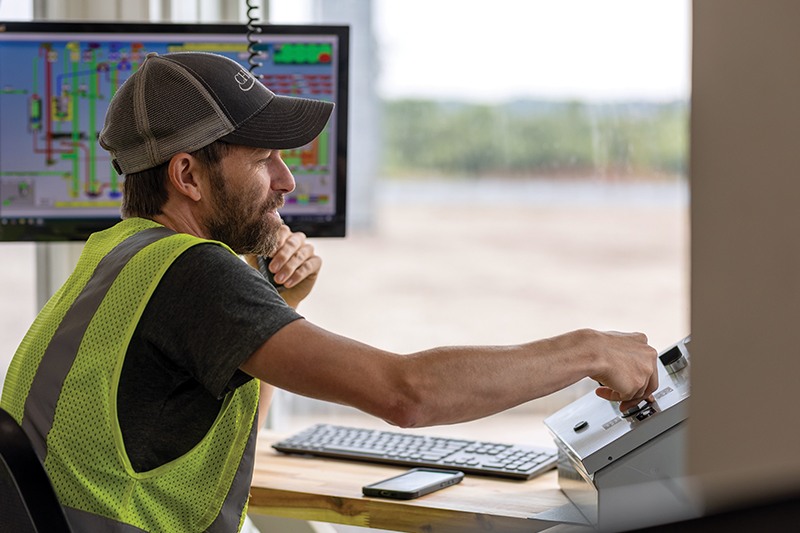
The ability for farmers to dump grain on demand gives them the flexibility to visit the elevator when they want, however many times they need. The space and fluidity of the system will allow CHS in Erskine to double the number of bushels processed in 2025. It also allows the Erskine team to be ready to take advantage of an empty train coming through northern Minnesota. “We can get an extra freight haul just because we’re ready for it,” Bergerson said. “We have the capacity, we have the commodity on hand, and we can load basically on demand now.”
Innovation partners
Like most modern industries, agriculture is quickly being reshaped by innovation and technology. With producers doing more, faster, and with fewer people, CHS recognized it would need to evolve to be able to meet farmers’ needs.
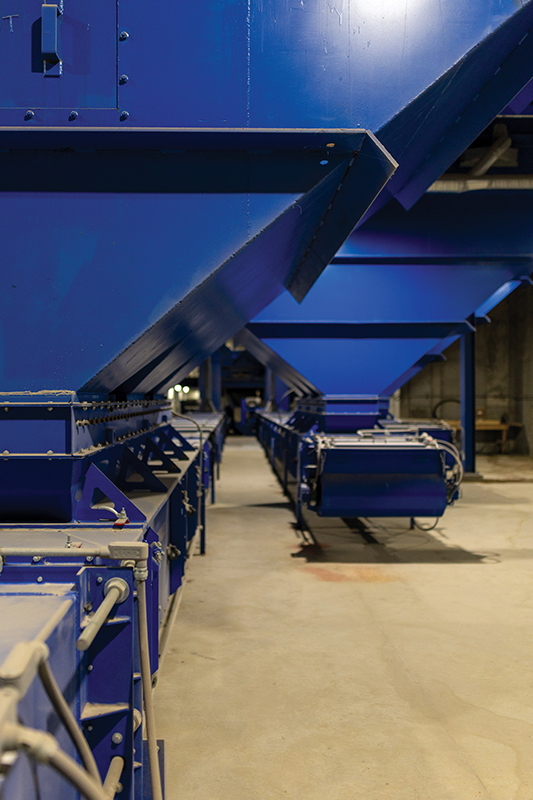
“We’re trying to keep up with the technology that they’re using,” Bushelle said. “They need to be able to plant and harvest crops as fast as they can in as little timeframe as possible with as big of equipment as they can. We need to be able to take it and ship it out as fast as we can to make that work for them.”
The Erskine elevator expansion was a leap into the next generation of farm technology. “We have one of the newest, most state-of-the-art elevators that CHS has, so we have grain movement and storage options that just weren’t available to us before,” Bushelle added.
To help power their growth and modernization efforts, CHS teamed up with fellow co-op Wild Rice Electric Cooperative (WREC). Together, they assessed the electricity needs of the planned expansion and determined a new, on-site substation would be critical to keep power reliable.
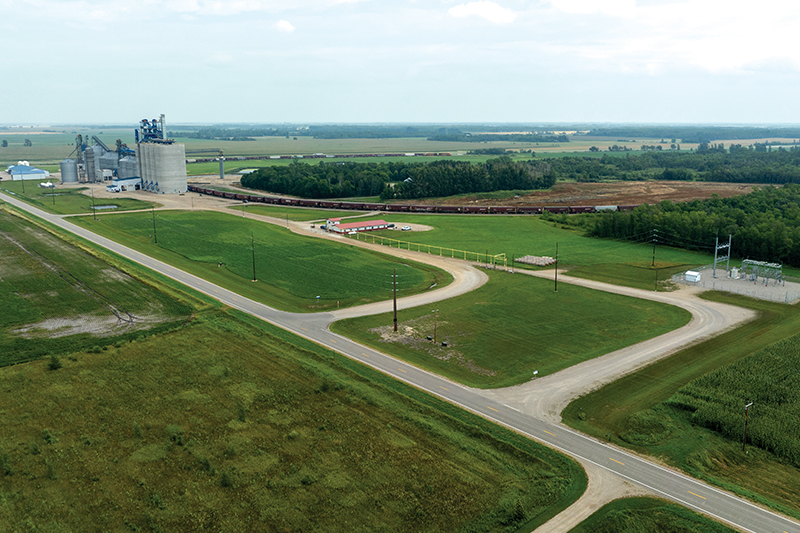
With the additional help of Minnkota Power Cooperative, Badger distribution substation was constructed just south of the elevator. As Minnkota finished the substation in the summer of 2024, WREC crews installed new underground distribution feeders and a dedicated circuit to serve the facility. The new substation also supports enhanced reliability for WREC’s regional members.
“CHS has long been a vital part of our membership, providing our local farmers efficient ways to move grain,” said WREC Director of Member Services & Communications Tommy Houdek. “Wild Rice Electric is an agriculturally strong cooperative, with many members relying on both WREC and CHS to help keep their businesses and farms running smoothly.”
Cooperative values have kept grain elevators and electric co-ops the backbone of rural life in Minnesota. For nearly 100 years, both have worked toward the goal of service. And when grain elevators and electric co-ops work together, incredible things come into focus.
“We want people to know what service this grain elevator provides and what it means to a customer from the inside looking out – not just driving by on Highway 2, where you see a big block of concrete,” Bergerson said. “We want them to know how our team helps the community and supports the farmers in the area.”
MAIN IMAGE: An aerial view of the CHS grain elevator near Erskine, Minnesota (Minnkota/Michael Hoeft)
...

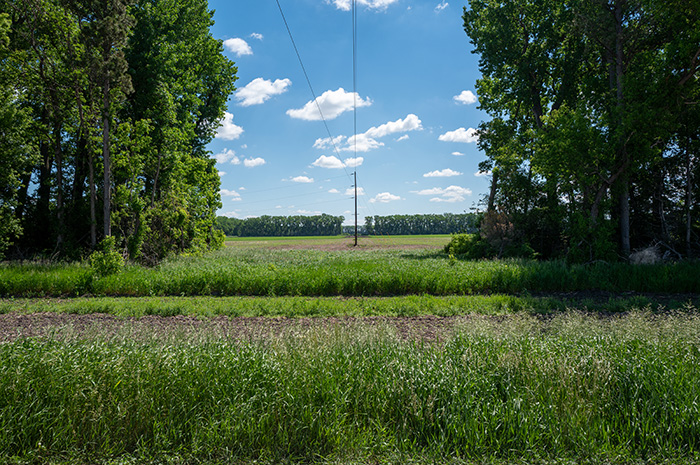
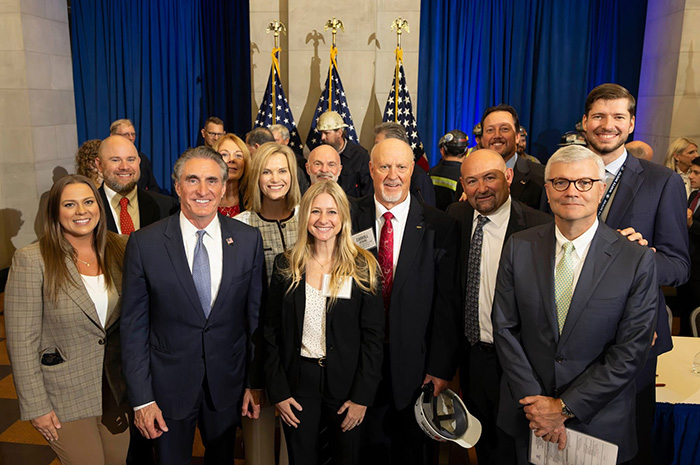
%20(1).jpg)